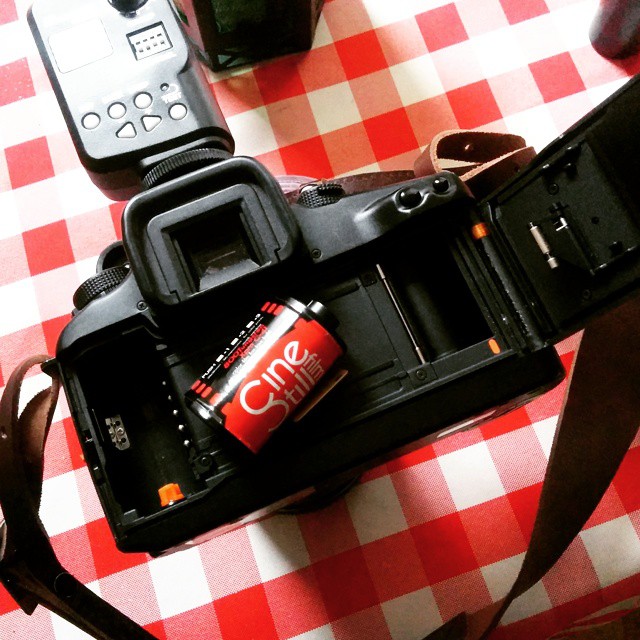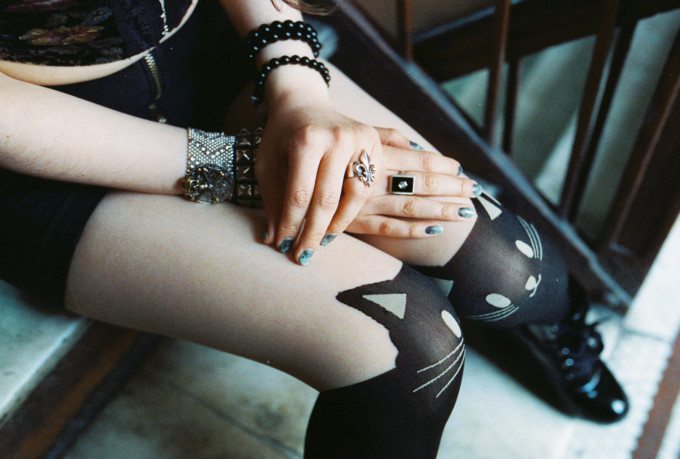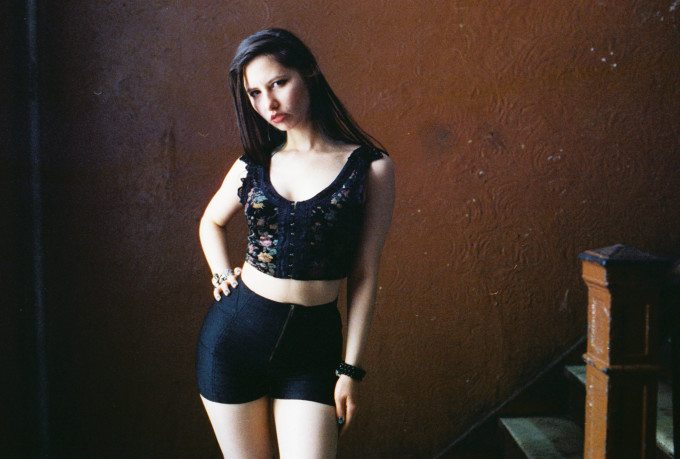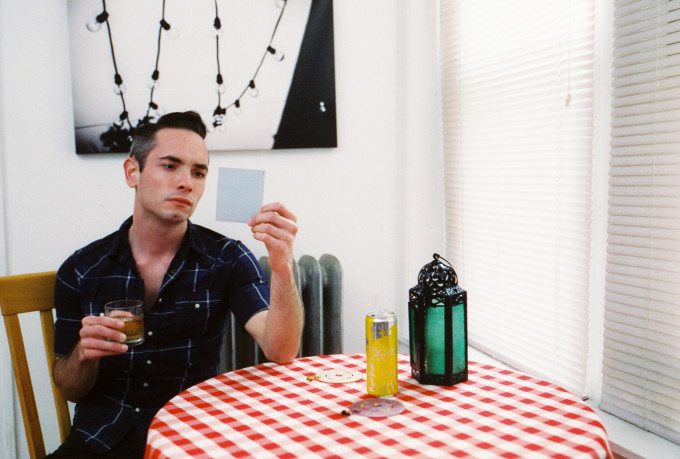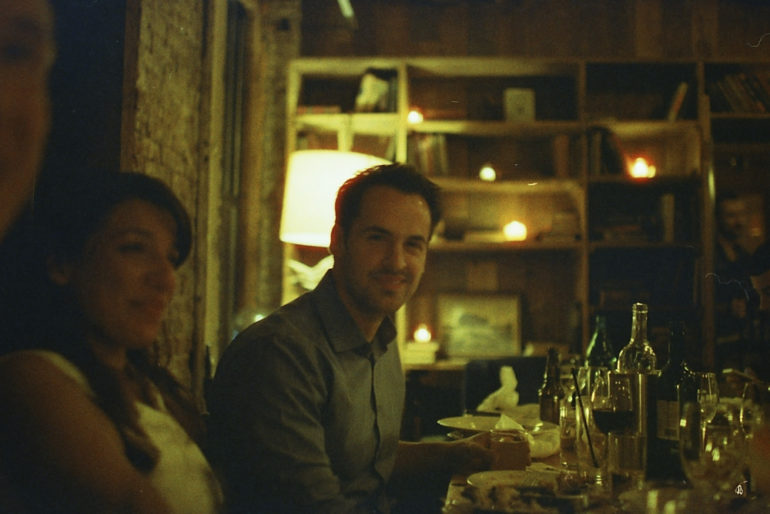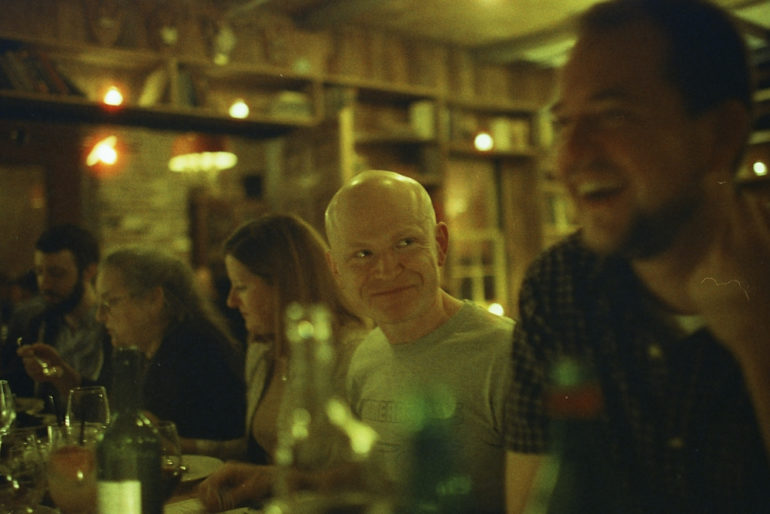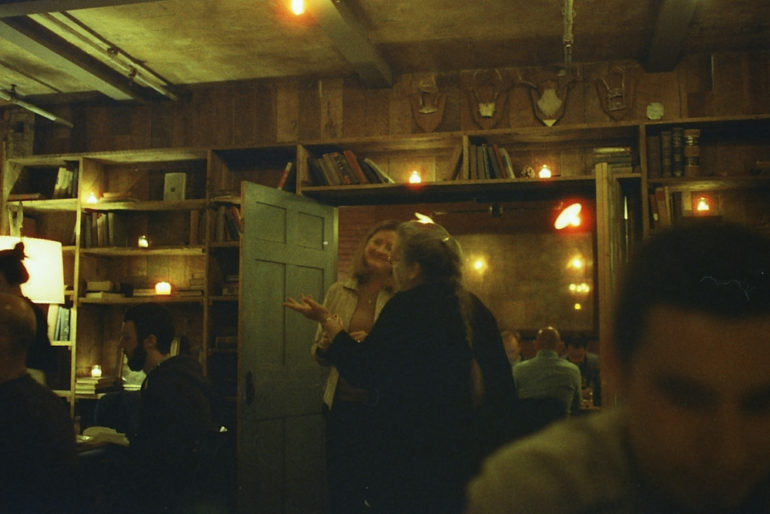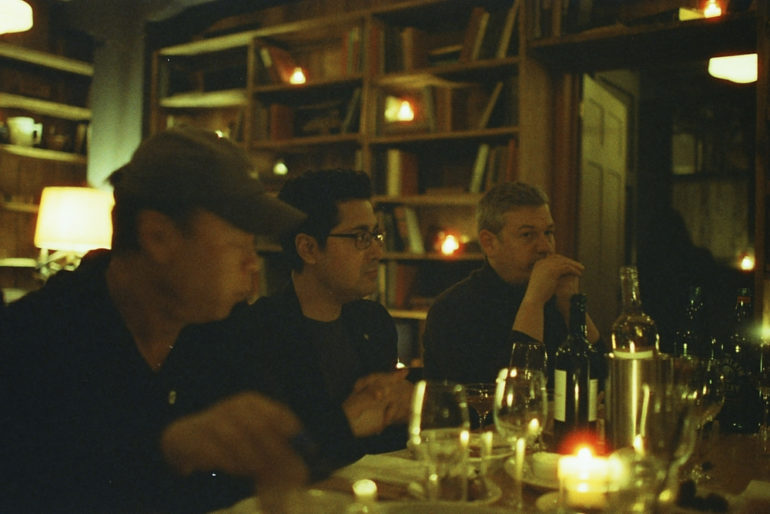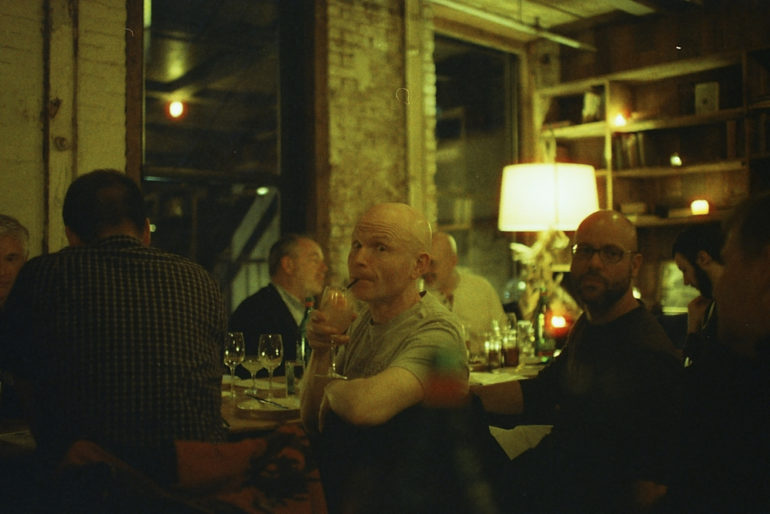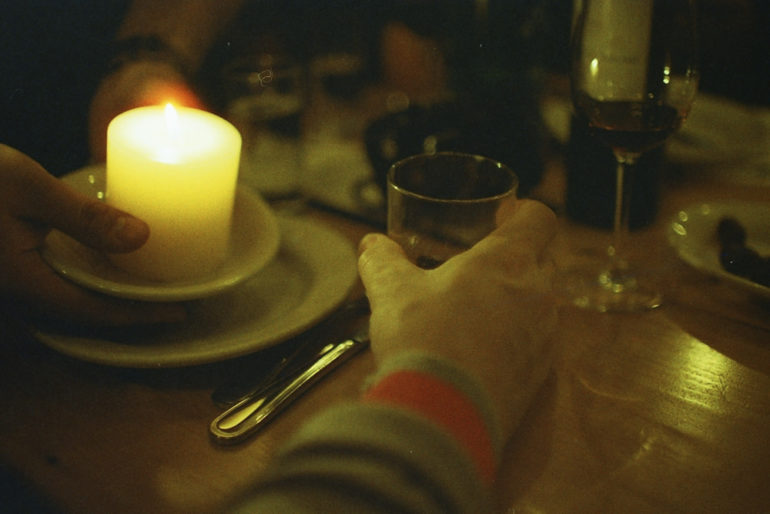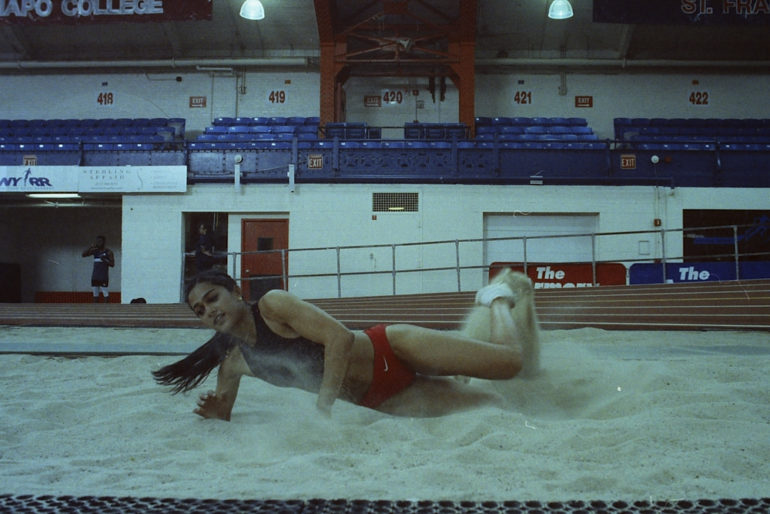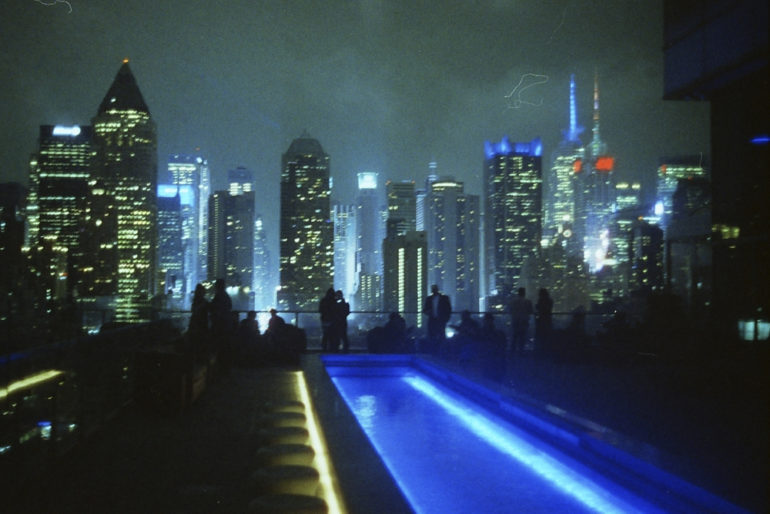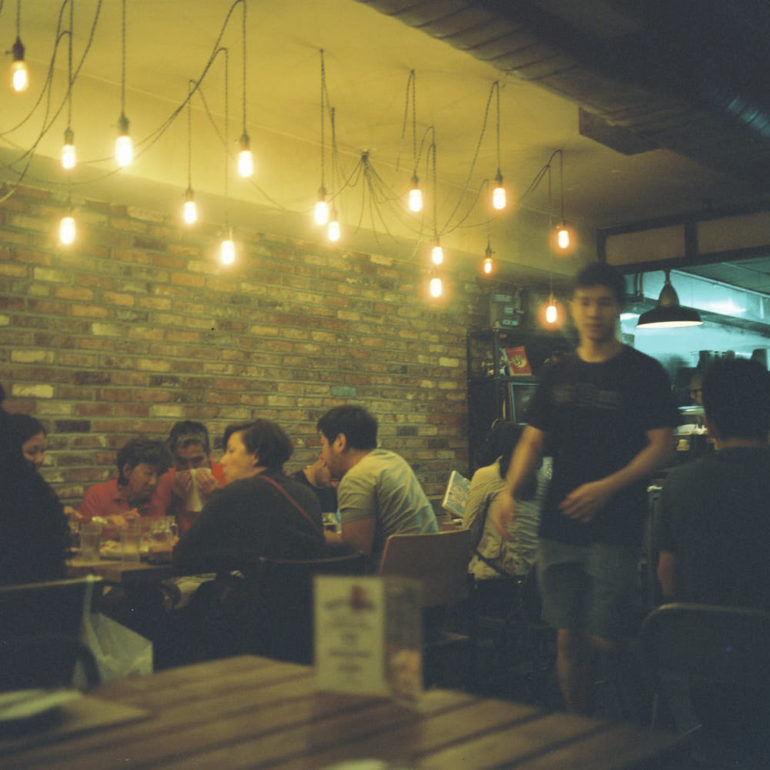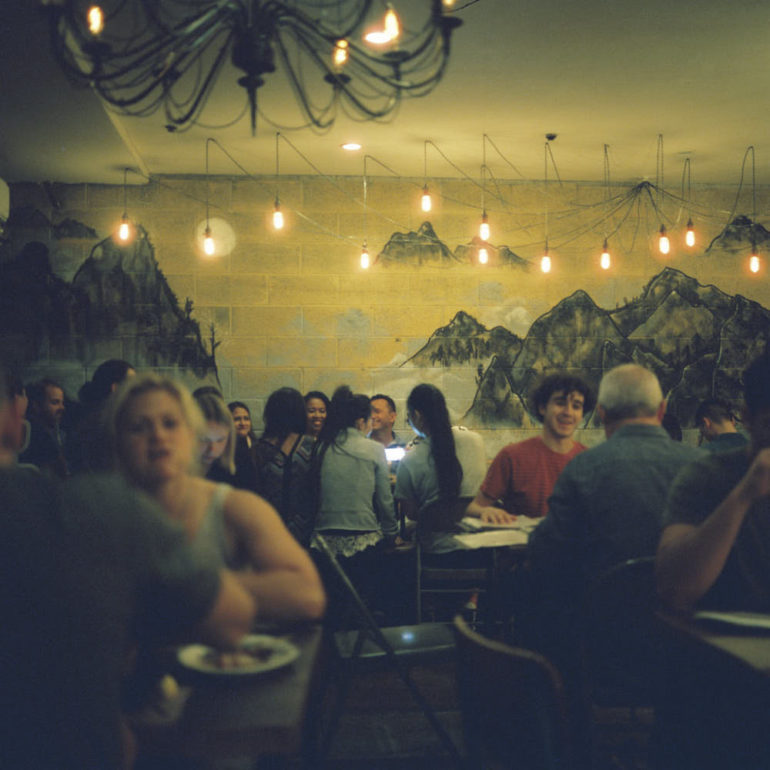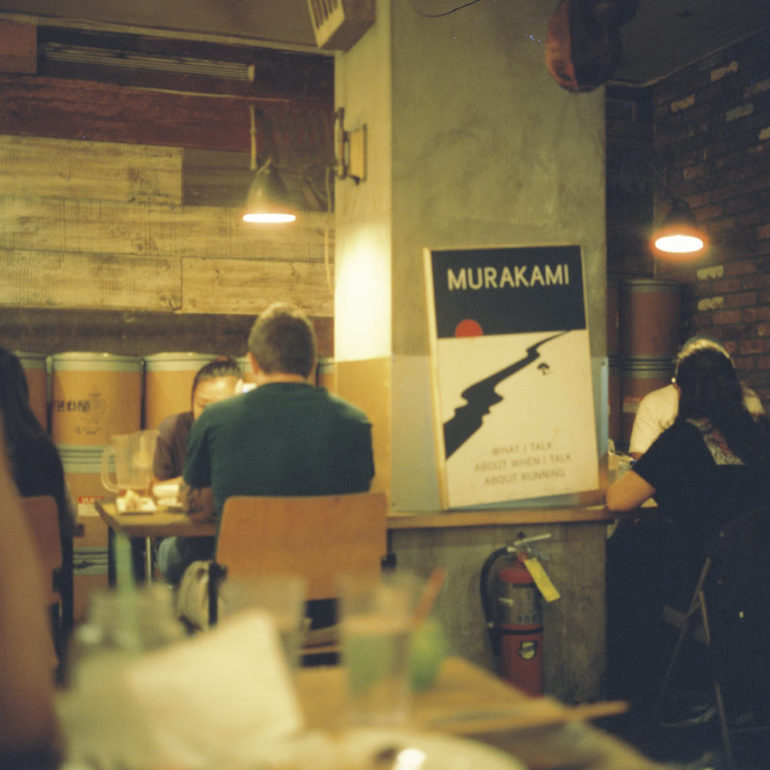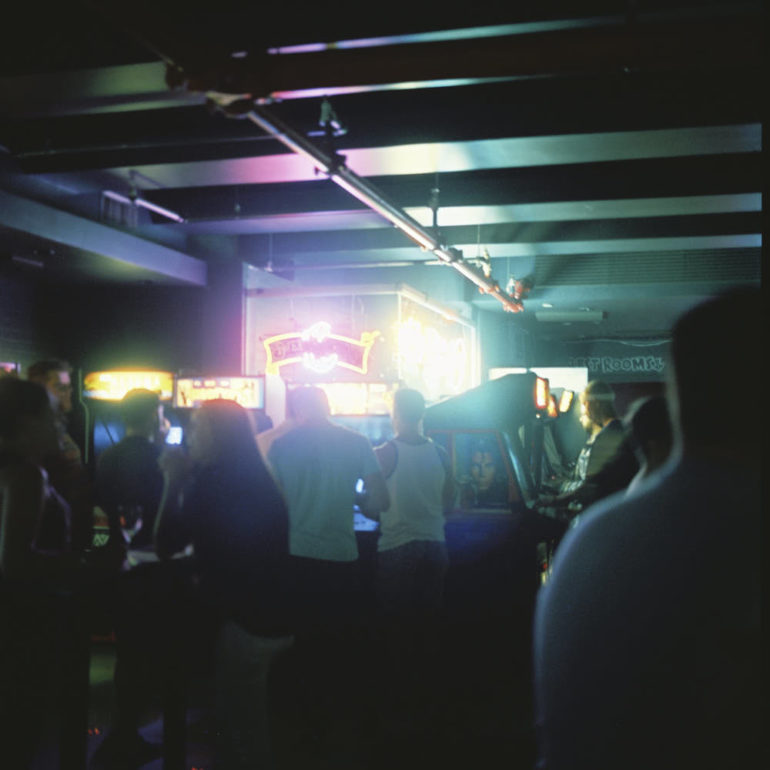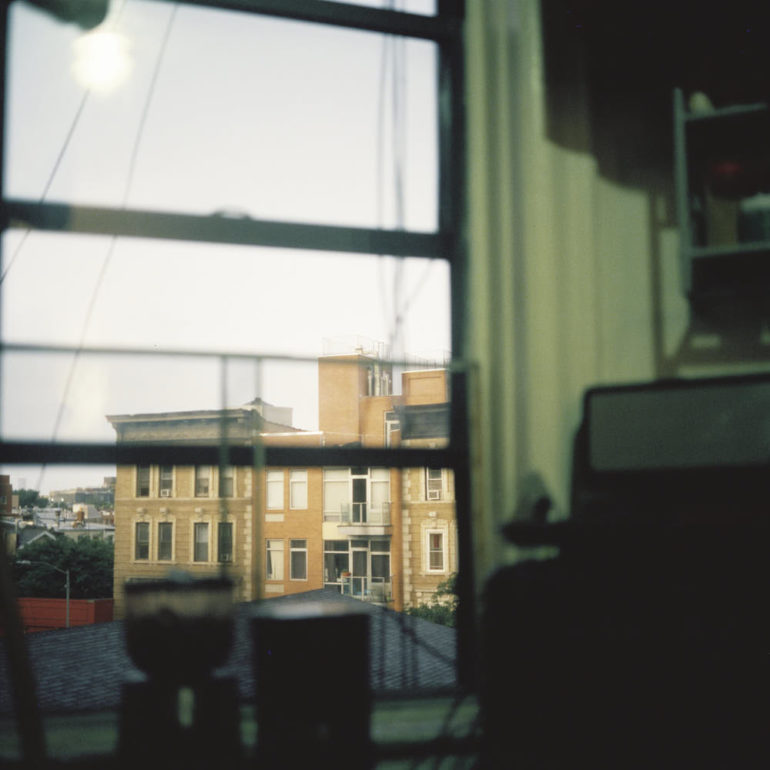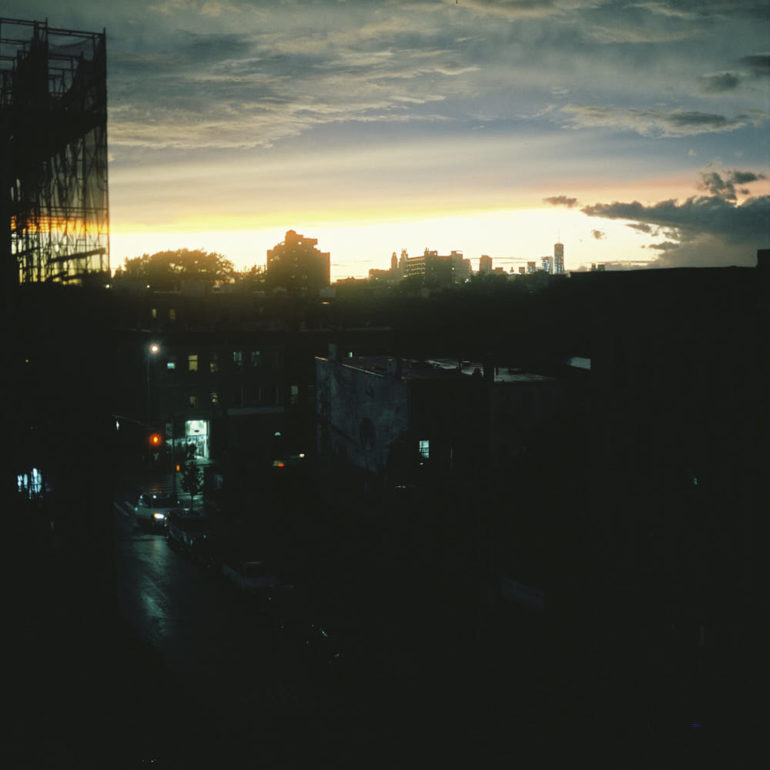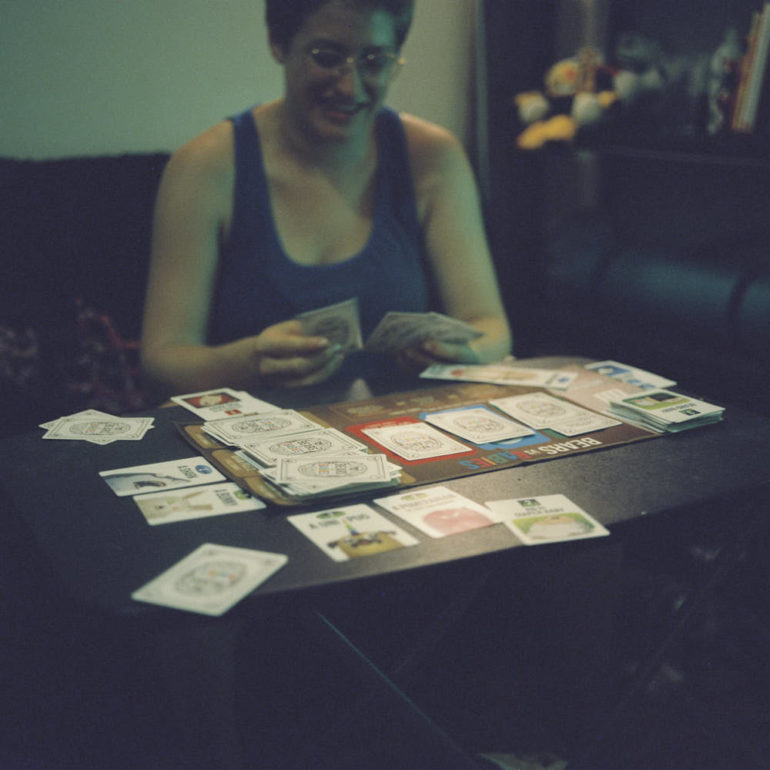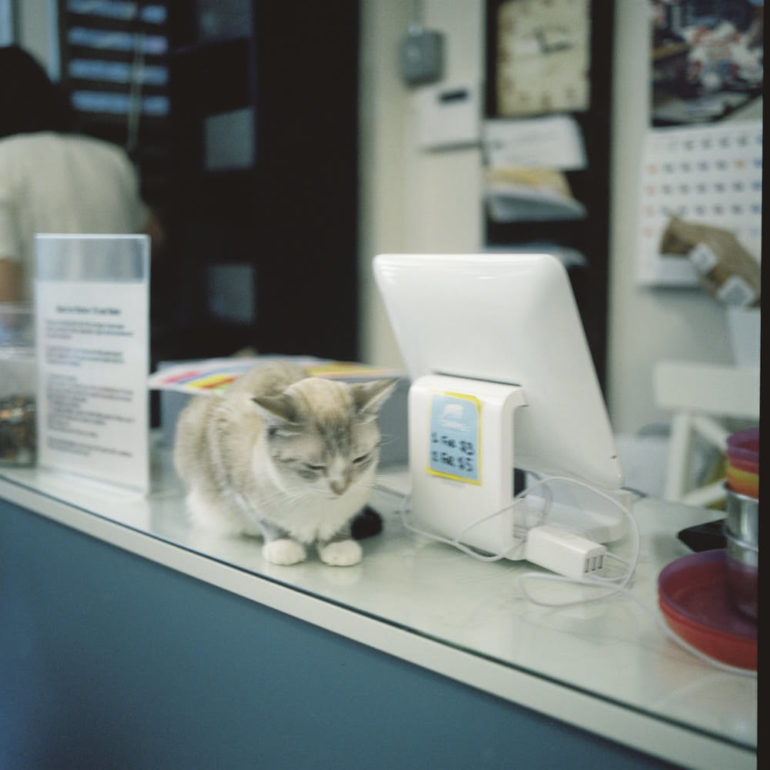Last Updated on 09/21/2017 by Chris Gampat
If you had asked me years ago if I would be reviewing film in the year 2015, I probably would have laughed in your face. There is no way that a couple of years ago that any editor would have thought that a company would be making new film products. But indeed, there have been. CineStill, founded by the Brothers Wright photography team, have repacked Kodak cinema film by taking off a layer that makes it safe for typical C-41 processing. For CineStill 800T, the company gave us ISO 800 film that is Tungsten balanced–which means that it’s best used with a flash or daylight.
In my personal experience, ISO 800 film has been very grainy except when it’s Kodak Portra and pushed a stop. But in this case, CineStill has given us the finest grain 800 film I’ve ever seen.
Pros and Cons

Pros
– Extremely fine grain film.
– An excellent film for strobists or those with hot shoe flashes because of how little extra power is needed from your flash
– Beautiful color tones
– Incredible skin tones
– Seriously amazing when using a flash
Cons
– 800 ISO means that even in overcast conditions outside you’ll need to stop your lens down a lot or use an ND filter
Gear Used
We tested CineStill 800T with a Canon EOS Elan 7, Sigma 85mm f1.4, Sigma 35mm f1.4, and Adorama’s Flashpoint Li-Ion radio flash.
Tech Specs
Taken from CineStill’s website
- Color Balanced Tungsten color negative motion picture film stock for use as still photography film
- Factory spooled into high quality 135 Non Dx-Coded Cartridges
- Remjet backing free, resulting in a unique halation effect
- Designed for difficult low light tungsten situations
- When shot in daylight, an 85B filter is recommended and shooting the film at 500 ISO
- Acceptable for push processing up to 3200 ISO
- Recommended to process C-41 or you can process in ECN-2 chemistry by hand without worrying about remjet
Ease of Use
Tungsten film is very much the opposite of daylight film in its use. Most films are balanced for daylight, but Tungsten is in many ways the opposite of it. Tungsten film is balanced for shooting indoors, with a flash, or in very overcast conditions. Considering that this is an ISO 800 film too, you’ll need to realize that it’s quite sensitive, but in general you may want to overexpose it a bit to expose for the shadows and develop for the highlights.
This film really, really shines when shooting indoors and balancing natural light with strobe. In general though, we’d recommend using a flash with it and when you’re outside on an overcast day simply exposing like you normally would.
Image Quality
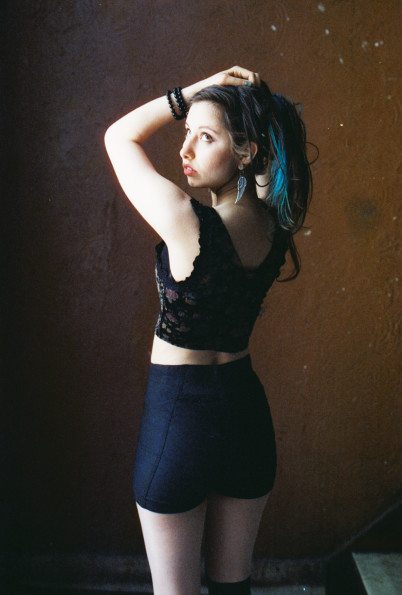
Our film was developed by the great folks over at Lomography–who did an overall incredible job with the developing along with the scans. In the portrait to the left (and with any that are in a similar background/area) we put a flash right up against a window to enhance the natural light coming in. Then we used a handheld light meter and got the images we needed after ensuring that our lens’s aperture was perfectly metered.
CineStill 800T is incredible with skin tones and also very well detailed. The grain is very fine; you can see it at times but you’ll genuinely love the look. When a flash is used or you shoot in overcast lighting, the colors are very true to life. Skin tones are muted and a bit subdued while other colors are very spot on. What helps in this situation are Sigma’s excellent lenses, though for what it’s worth we don’t get any of that magical micro-contrast that we do when they’re attached to digital cameras.
Photographers that will love CineStill 800T are the same ones that shoot portraits. In many ways, this film was made for studio shooting. Anything involving flashes will be great, though I’m not sure that I would use it for food photography. If you’re taking images at a wedding, try this film out.
Here are more image samples.
Update 2017
Recently, CineStill released CineStill 800T in a 120 emulsion. 120 film can be used 645, 6×6, 6×7, etc. Now, when it comes to using this film at this emulsion size, you tend to get amazingly similar colors to the 35mm version. With that said though, the colors are still pretty fantastic and perfect in many ways. However, with the 120 emulsion the film seems to be slightly more forgiving to daylight and won’t be as amazingly blue as something like KONO 400T. CineStill 800T looks great at ISO 800 but can also still look really nice at ISO 400.
Perhaps more than any other film out there though, I strongly recommend CineStill 800T for nightlife. It’s perfect and fantastic in just so many ways.
Conclusions
After reviewing the images again and looking through them one last time, we think it’s fair to say that CineStill 800T is extremely close to Kodak Portra 400 NC in color rendition, though it is Tungsten balanced. Sure, NC isn’t made anymore, but if you want that look this film can give you something similar. You’ll get some incredibly delicious skin tones that you’ll be very happy with–and so will your models.
Keep in mind that this is an 800 ISO film, so you’ll get grain; but for an ISO 800 film you don’t get as much as you can expect from something like Fujifilm Pro film.
We love this film, and we’re positive that you will, too.
We rate CineStill 800T at five out of five stars. Want a roll? Check Lomography for more details and availability.


